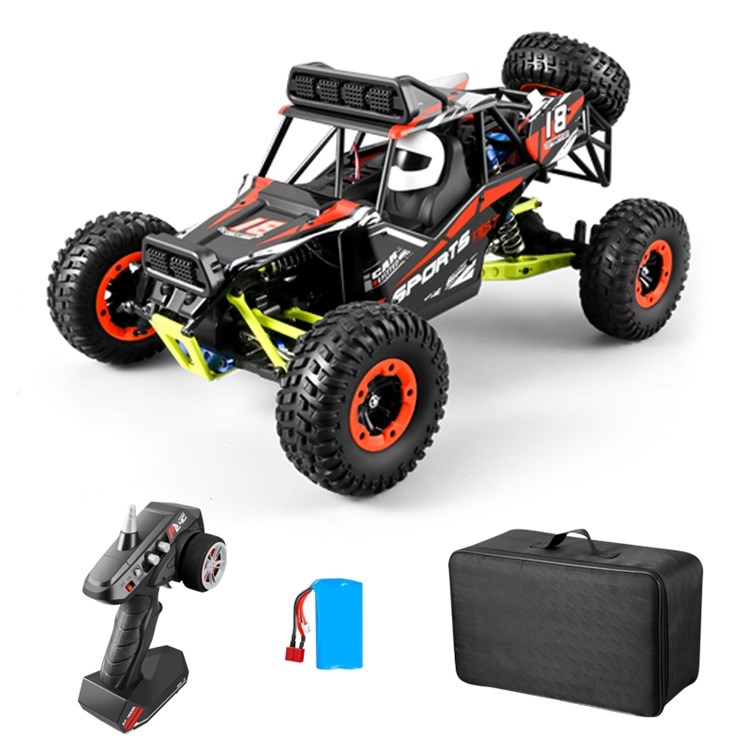
There are many techniques and styles of quilting. The fascinating history of quilting has influenced design and art for centuries. Here, we'll cover the different styles and fabrics used in quilting. You can create your own masterpieces once you are familiar with the different styles. You can also visit our Quilting Styles page to get more inspiration. Here are a few of our favorite examples:
History
The history of quilting can be long and varied. It is a home-based art form that can bridge cultural divides as well as provide a way to discover a rich history. Quilts can be both personal and communal, as they reflect the lives of the makers and the communities in which they were made. These lessons can be taught either separately or in conjunction with lessons that focus on other aspects. Quilting is a traditional form of hand-made crafting that is still loved today.
Techniques
It can be hard to learn the techniques of quilting art. However, it is important for quilters not to stop learning. By practicing, you will improve your skills and learn to use different techniques. You will find your own voice and style as you practice. This book provides a guide to beginners who wish to learn about different types of quilting. Once you are familiar with the basics, you will be able to apply them for more complicated art quilts.

Fabrics
Modern quilters enjoy the soft and stretchy qualities that 100% PREMIUM quilting fabric cotton offers. Voile and rayon are other quilting favorites. Voile is lightweight and breathable, making it ideal for light garments. Rayon is strong but still manageable for clothing. Denim is a reincarnation of a popular American fabric that is available in a wide variety of weights and textures.
Styles
Modern and contemporary designs of quilting art often incorporate new and innovative materials. In modern quilting, artists may use materials such as plastics, paper, and natural fibers and plants. For example, a contemporary quilt may incorporate a piece of wood covered with a pattern made from a piece of fabric. These pieces are usually made to resemble a real tree or a flower. Modern and contemporary quilting styles use a variety materials including thread and fabric.
Society's impact
Both personal and collectively, quilting has a significant impact on society. It is often seen as a satisfying act, and quilts are often gifted as gifts. These quilts are usually given to loved ones or families in need on special occasions. They are used to strengthen family bonds and cement relationships. Quilting is now a popular pastime. You should also remember that quilting might not be the right activity for you.
Effie Mae Martin
Effie Maude Martin, better known by her nickname Rosie Lee Tompkins (or Rosie Lee Tompkins), was a California-born and raised quilter. Born Effie Mae Martin Howard, she worked as a practical nurse and loved to make quilts. She was also very private and her work was widely praised. Her quilts are rich in color and reflect her African American heritage.

Jamesian model
Jamesian art is about the relationship between art and human experience. James is well-known for his ability create stories. He was determined to create art that stressed this relationship and connection. This is an ideal that has led to a new movement in quilt art known as the Jamesian movement. Jamesian quilt art, however, is not the only type of art inspired by the Jamesian model.
The arts are dominated by women
The term "worked in hand" is often used when talking about quilting. This refers to both the craft of the person who makes the creations and her personal relationship to them. This exhibition features 35 pieces from the 18th-20th century and explores the resonance of women’s creative work in early American Quilts. The show is divided in five sections with each section focusing on a different aspect.
FAQ
What are collection hobby?
The most popular collections are books, movies, music, comics, video games, sports equipment, toys, etc.
You can also collect anything from stamps to coins to cars to dolls to action figures to model kits to figurines to art supplies to tools to kitchen utensils to jewelry to watches to gadgets to clothes to furniture to antiques to...
You get it?
What are some good hobby ideas?
Hobby Ideas for people who love to learn and teach others.
Hobbies are a great way for you to do what you love and also learn something new.
While there are many types of hobbies available, most share the same characteristics. They are usually enjoyable activities that don't require a lot of effort and can be very economical.
They also tend to involve working with others, whether teaching someone how to play an instrument or helping them build a model airplane.
While you may not see yourself as a teacher at first, chances are that there is something you could do for someone else.
You can make a difference in the lives of others by starting a hobby.
What are observation hobbies exactly?
Observation hobbies are activities where you observe people doing what they do. These hobbies could include reading books, watching sports, or going on vacation. It could also be observing other people as well.
You can learn creativity through observation hobbies. This knowledge can be used later to help you with projects that you are working on for others or yourself.
It will be easier to learn about something if you are interested in it.
If you're interested in football, for instance, you could watch it or read a book. Exhibitions are a great way to learn about photography.
If you love to play music, there are two options: either buy a new guitar online or follow along with the songs.
You have the option to make your own meals or take out at a restaurant if you enjoy cooking.
If you love gardening, you might grow vegetables or flowers.
You could take a class or go out dancing with your friends if you enjoy dancing.
If you like painting, you could paint pictures.
You could also write poems or stories if you enjoy writing.
You could also draw pictures if you enjoy drawing.
If you are passionate about animals, you can look after them or work at the zoo.
If science interests you, you can study biology, chemistry or physics.
If you like history, you could read books, watch films or listen to podcasts.
You could explore the world or travel to places you love if you are a lover of traveling.
Statistics
- 37% Video Games 36% Travel 36% Health and Fitness (quizexpo.com)
- This 100% accurate personality-analyzing hobby quiz discovers your passion based on your characteristics. (quizexpo.com)
- The intensity of the dialogue partners' bond at the end of the forty-five-minute vulnerability interaction was rated as closer than the closest relationship in the lives of 30 percent of similar students. (time.com)
- Much of this decline reflects the fact that teens are less likely to work today than in the past; among employed teens, the amount of time spent working is not much different now than it was around 2005. (pewresearch.org)
- The Role of the Mind in Sex, Dating, and Love: Men in the “humor” condition received phone numbers from 42.9% of the female participants and were refused 57.1% of the time. (time.com)
External Links
How To
How to Start Baking
Baking involves the preparation of food using flour, eggs (or sugar), butter, or both. Baking is a process that uses flour, fats and sugars, leavening agents as well as salt and water. We'll be covering how to make bread. Common ingredients include wheat flour, yeast powder, egg whites and butter. We also use honey, salt, honey and olive oil.
These ingredients are necessary for baking bread. First, you must add the dry ingredients (flour, yeast, salt) into your mixing bowl. Then, add in the wet ingredients: milk powder, egg yolk. Mix them together. Add the honey to the dough and knead it until smooth. Allow the dough to rise for about 30 minutes. After rising, the dough should be light and soft. The dough can be rolled out and placed on a baking sheet. Bake at 180°C 15 minutes.